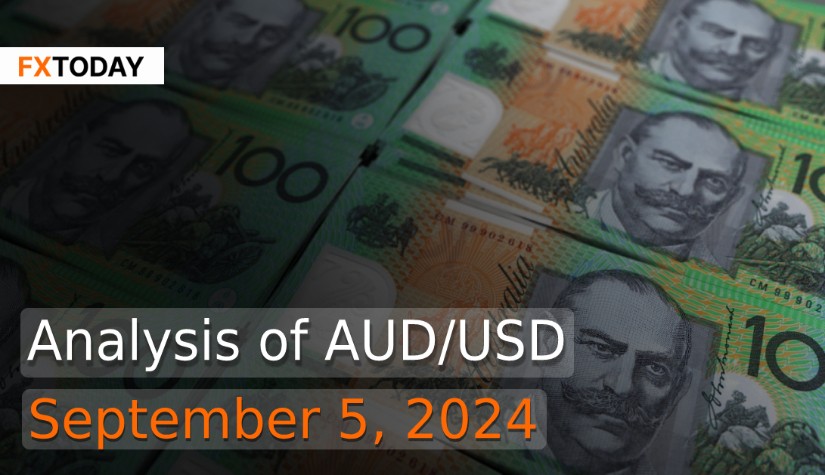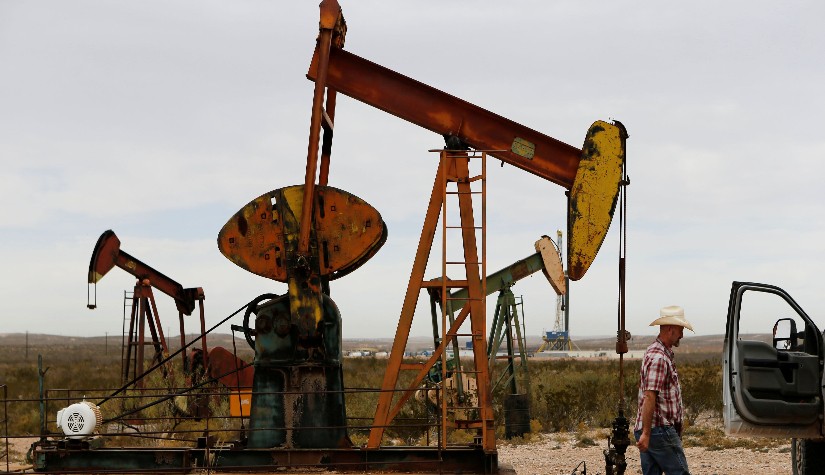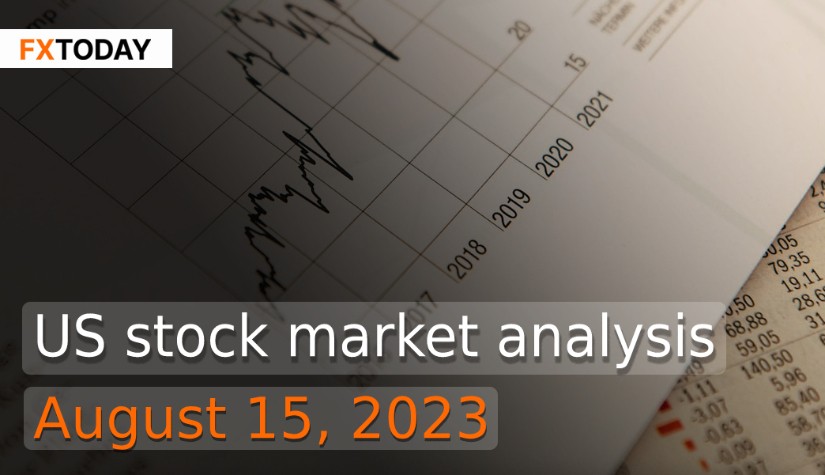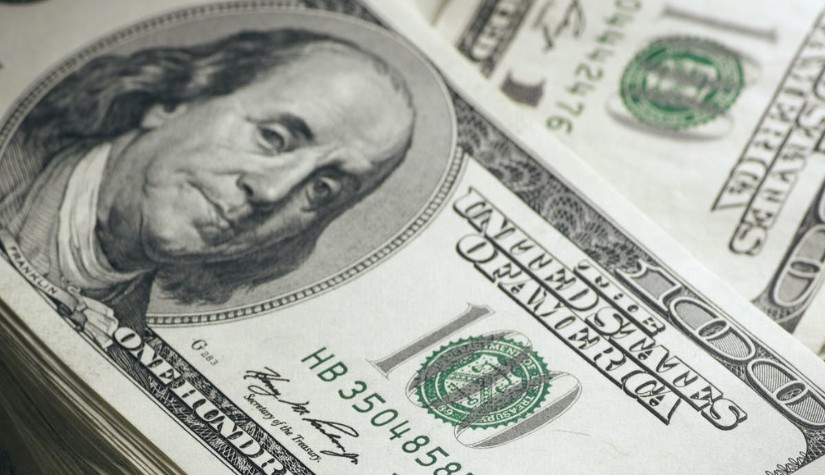Australia's Economy Slows as Consumer Spending Stalls
Australia's economy remained sluggish in the June quarter due to high borrowing costs and persistent inflation, which constrained consumer spending and left government expenditure as the primary growth driver. Data from the Australian Bureau of Statistics showed that domestic price pressures remain elevated, and the Reserve Bank of Australia (RBA) is unlikely to cut rates soon, despite market speculation of a potential easing in December.
Real GDP grew by 0.2% in the second quarter, consistent for three consecutive quarters, and fell short of the 0.3% market forecast. Annual growth slowed to 1.0% from 1.3%, the lowest since the 1990s recession. Household spending, which constitutes half of GDP, declined by 0.2% as people cut back on overseas travel, keeping the savings rate at a subdued 0.6%.
Treasurer Jim Chalmers described the GDP figures as "soft and subdued," aligning with expectations as government spending, especially on health, supported the economy. The RBA forecasts growth to pick up to 1.7% by the fourth quarter, assuming strong performance in the second half of the year. However, consumer spending has not rebounded as expected, with most of the tax cuts being saved rather than spent.
Financial markets still anticipate a 90% chance of a rate cut in December, though policymakers have indicated otherwise. Inflation measures in the GDP report remained high, with domestic demand inflation at 4.2% annually, while terms of trade declined by 3% due to lower commodity prices.
Australia's consumer price index (CPI) inflation increased more than expected in July, driven by higher fresh food costs, although softer housing and energy costs slightly reduced core inflation. CPI inflation rose by 3.5% year-on-year in July, above the 3.4% forecast but down from 3.8% in June. Core CPI inflation, excluding volatile items, decreased to 3.7% from 4%. The unexpected inflation uptick heightened concerns about further rate hikes by the RBA, which may delay cuts until late 2025.
Productivity dropped by 0.8% in the quarter, posing a challenge to the RBA's projections that inflation would fall to the 2-3% target by 2026, based on expected productivity gains. Job advertisements fell for the seventh consecutive month in August, reflecting reduced labor demand amid high interest rates and a slowing economy.
Retail sales remained flat in July, indicating that tax cuts have yet to significantly boost spending as consumers continue to struggle with inflation and high mortgage rates. Westpac card data for August pointed to only a gradual increase in spending, highlighting the limited impact of fiscal support. Meanwhile, home prices rose for the 19th consecutive month in August, though the pace of growth slowed compared to the previous year.
The U.S. dollar weakened against most major currencies on Wednesday following data that showed U.S. job openings in July fell to the lowest level in 3.5 years, suggesting a softening labor market. This development increased the likelihood of larger interest rate cuts by the Federal Reserve, with traders betting on a half-percentage-point reduction at the next meeting. Market focus now shifts to Friday’s payrolls report, which could provide more insight into the Fed's rate cut plans.
Foreign exchange strategists believe the dollar's recent weakness will stabilize in the next three months, even as traders ramp up expectations for Fed rate cuts. Following a strong performance earlier in the year, the dollar lost gains as rate futures began pricing in more significant Fed easing due to signs of labor market cooling. Federal Reserve policymakers are increasingly focused on labor market data, which will heavily influence the size of any upcoming rate cuts. As a result, the AUD/USD pair is likely to continue trading within a wide range during this period. The appreciation of the AUD is anticipated to be constrained in the medium term due to the differing returns of the two economies.
Data for Technical Analysis (1D) CFD AUD/USD
Resistance : 0.6745, 0.6760, 0.6785
Support : 0.6695, 0.6680, 0.6655
1D Outlook
Source: TradingView
Buy/Long 1 If the support at the price range 0.6665 - 0.6695 is touched, but the support at 0.6695 cannot be broken, the TP may be set around 0.6754 and the SL around 0.6650, or up to the risk appetite.
Buy/Long 2 If the resistance can be broken at the price range of 0.6745 - 0.6775, TP may be set around 0.6820 and SL around 0.6680, or up to the risk appetite.
Sell/Short 1 If the resistance at the price range 0.6745 - 0.6775 is touched, but the resistance at 0.6745 cannot be broken, the TP may be set around 0.6689 and the SL around 0.6790, or up to the risk appetite.
Sell/Short 2 If the support can be broken at the price range of 0.6665 - 0.6695, TP may be set around 0.6625 and SL around 0.6760, or up to the risk appetite.
Pivot Points Sep 5, 2024 04:11AM GMT
|
Name
|
S3
|
S2
|
S1
|
Pivot Points
|
R1
|
R2
|
R3
|
|---|---|---|---|---|---|---|---|
| Classic | 0.6624 | 0.6655 | 0.6689 | 0.672 | 0.6754 | 0.6785 | 0.6819 |
| Fibonacci | 0.6655 | 0.668 | 0.6695 | 0.672 | 0.6745 | 0.676 | 0.6785 |
| Camarilla | 0.6706 | 0.6712 | 0.6718 | 0.672 | 0.673 | 0.6736 | 0.6742 |
| Woodie's | 0.6626 | 0.6656 | 0.6691 | 0.6721 | 0.6756 | 0.6786 | 0.6821 |
| DeMark's | - | - | 0.6705 | 0.6728 | 0.677 | - | - |
Sources: Investing 1, Investing 2
















